The safety of children's toys has always been a paramount concern for parents, manufacturers, and regulatory bodies alike. Among the various hazards associated with toys, small parts pose one of the most significant risks, particularly for young children. The ingestion or inhalation of small toy components can lead to choking, suffocation, or other serious injuries. As a result, stringent testing methods and regulations have been established globally to ensure that toys intended for young children do not contain hazardous small parts. These regulations are designed to minimize risks and provide parents with confidence in the safety of the products their children interact with daily.
Understanding Small Parts Regulations
Small parts regulations are primarily aimed at toys designed for children under the age of three, as this age group is most vulnerable to choking hazards. Regulatory frameworks such as the U.S. Consumer Product Safety Improvement Act (CPSIA) and the European Union's EN 71-1 standard outline specific criteria for what constitutes a small part. Generally, any object that fits entirely into a specially designed test cylinder—simulating a child's throat—is classified as a small part and is prohibited in toys for children under three. These standards also extend to toys for older children if they contain detachable small parts that could become accessible during play.
The testing process involves both mechanical and manual assessments to determine whether a toy or its components can break into smaller, hazardous pieces. Mechanical tests simulate the wear and tear a toy might endure during typical use, including drops, twists, and bites. If a toy fails these tests by releasing small parts, it is deemed non-compliant with safety standards. Manufacturers must rigorously evaluate their products during the design and production phases to ensure compliance, as failure to meet these requirements can result in recalls, legal penalties, and reputational damage.
Challenges in Small Parts Testing
While the principles behind small parts testing are straightforward, the practical application can be complex. One of the primary challenges lies in the variability of children's behavior. Toys are subjected to a wide range of uses—some intended, some not—and predicting every possible scenario is difficult. For instance, a toy might pass initial testing but later break under unexpected stress, releasing small parts. This unpredictability necessitates ongoing vigilance from manufacturers, who must continuously monitor their products even after they reach the market.
Another challenge is the global nature of the toy industry. Different regions have slightly varying standards for what constitutes a small part, and manufacturers must ensure their products comply with the regulations of every market they enter. This can lead to increased production costs and logistical complexities, particularly for smaller manufacturers who may lack the resources to navigate multiple regulatory frameworks. Despite these challenges, adherence to small parts regulations is non-negotiable, as the consequences of non-compliance can be severe, both legally and ethically.
The Role of Parents and Caregivers
While regulatory bodies and manufacturers bear the primary responsibility for ensuring toy safety, parents and caregivers also play a crucial role. Even with stringent testing, no system is entirely foolproof, and adult supervision remains the best defense against toy-related injuries. Parents should always check age recommendations on toy packaging and avoid giving young children toys intended for older kids, which may contain small parts. Regularly inspecting toys for wear and tear—such as loose buttons, broken edges, or detachable pieces—can also help prevent accidents.
Education is another key factor. Many parents may not be fully aware of the risks associated with small parts or the importance of adhering to age guidelines. Public awareness campaigns and clear labeling on toys can help bridge this knowledge gap. Retailers, too, have a role to play by ensuring that toys are displayed and marketed appropriately, with clear warnings about small parts where necessary. By working together, regulators, manufacturers, and consumers can create a safer environment for children to play and explore.
Future Directions in Toy Safety
As technology advances, so too do the methods for ensuring toy safety. Innovations in materials science, for example, are leading to the development of more durable, child-safe plastics that are less likely to break into hazardous fragments. Similarly, digital tools such as 3D modeling and simulation software allow manufacturers to predict how a toy will behave under stress before it even enters production, reducing the likelihood of design flaws that could lead to small parts hazards.
Another promising area is the use of artificial intelligence in quality control. Automated systems can now detect minute defects in toys that might escape human inspection, further enhancing safety standards. These advancements, combined with ongoing updates to regulatory frameworks, suggest a future where toy-related injuries become increasingly rare. However, as long as children continue to explore the world through play, vigilance from all stakeholders will remain essential to keeping them safe.
The importance of small parts testing cannot be overstated. It is a critical component of toy safety that protects the most vulnerable consumers—our children. By adhering to rigorous standards, embracing new technologies, and fostering collaboration across industries and borders, we can ensure that playtime remains a source of joy rather than danger.

By /Aug 6, 2025
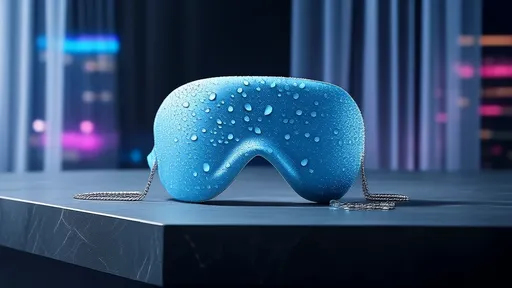
By /Aug 6, 2025

By /Aug 6, 2025
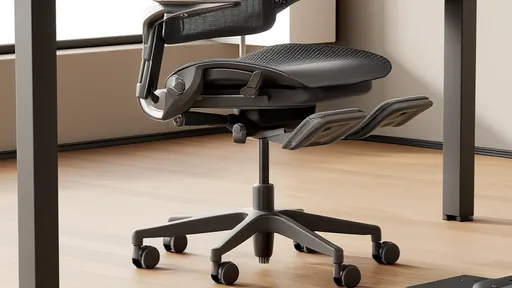
By /Aug 6, 2025

By /Aug 6, 2025

By /Aug 6, 2025

By /Aug 6, 2025

By /Aug 6, 2025

By /Aug 6, 2025

By /Aug 6, 2025
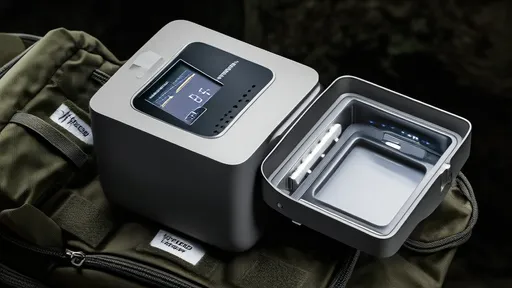
By /Aug 6, 2025
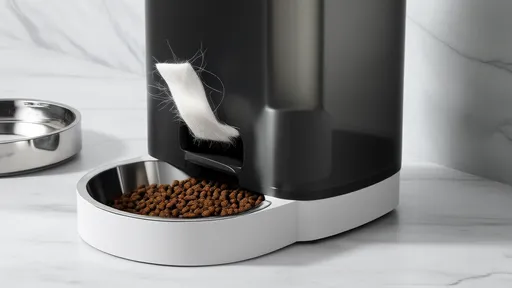
By /Aug 6, 2025
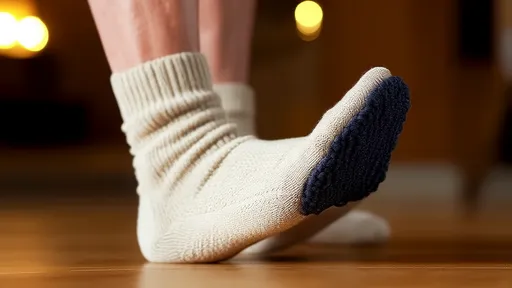
By /Aug 6, 2025
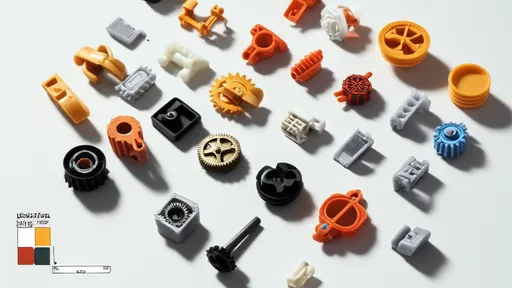
By /Aug 6, 2025
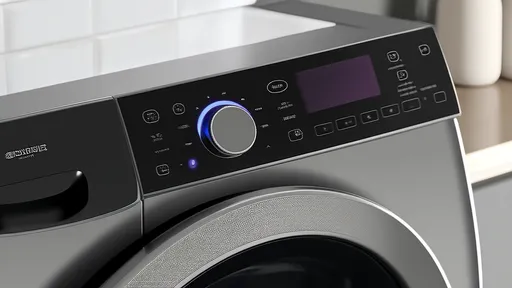
By /Aug 6, 2025
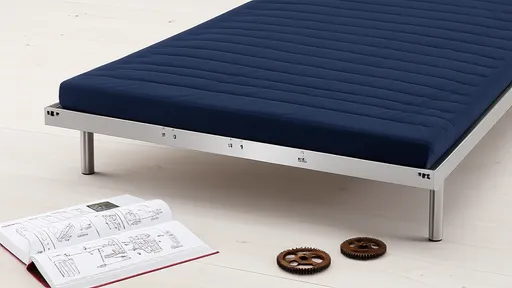
By /Aug 6, 2025
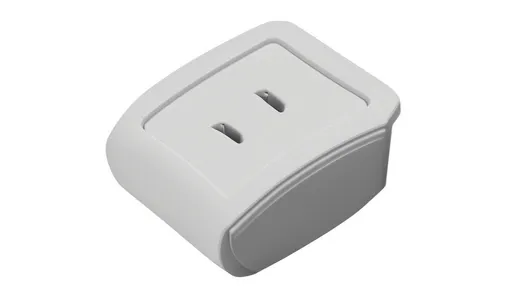
By /Aug 6, 2025
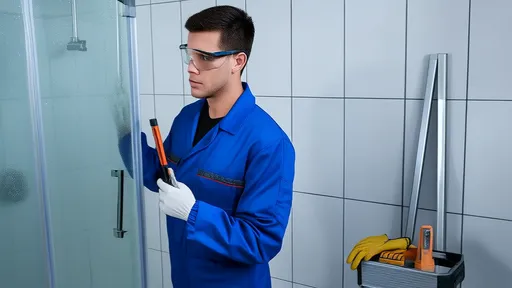
By /Aug 6, 2025

By /Aug 6, 2025
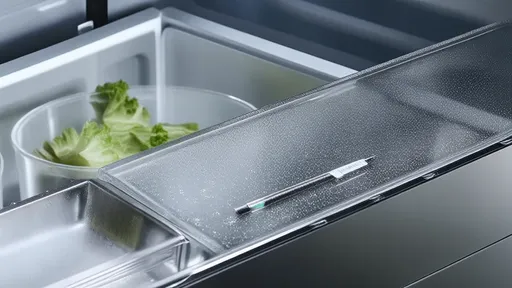
By /Aug 6, 2025